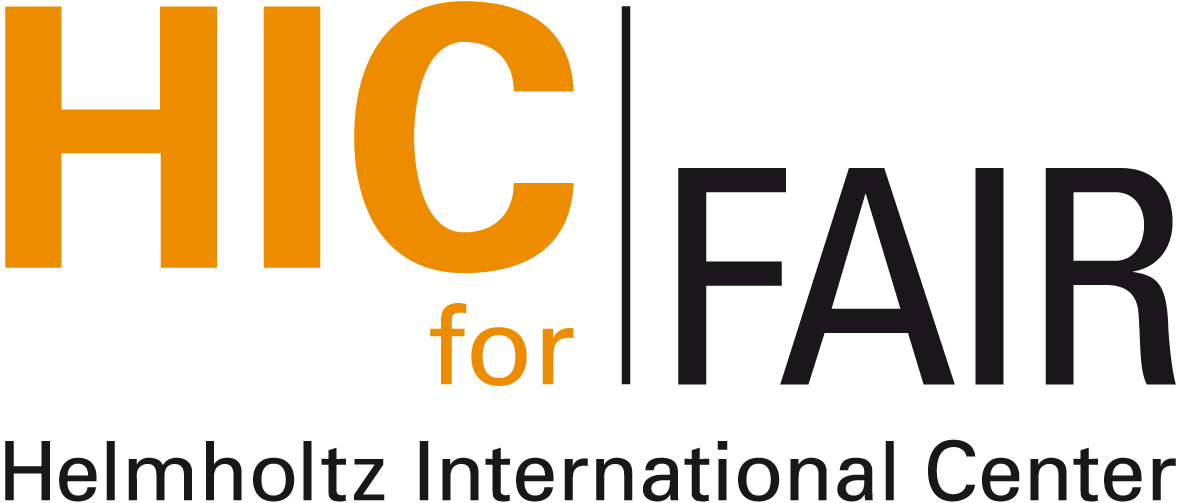 Nuclear Physics Colloquium
Nuclear Physics Colloquium Nuclear Physics Colloquium
Nuclear Physics ColloquiumVenue: Physics
Building, Max-von-Laue-Str. 1, Seminar Room PHYS 2.116
Time: Thursday, July 05, 4:30pm (s.t.)
Contact: hees@th.physik.uni-frankfurt.de
The sign problem emerges in Euclidean lattice simulations as soon as
QCD with finite Baryon density is studied, which leads to a complex
weight in the relevant path integrals. Complex Langevin simulations have
been shown to circumvent the sign problem, even if it is severe.
However, in some scenarios, it converges to incorrect results. Here I
will discuss a new method that keeps complex Langevin simulations close
to the SU(3) manifold and thus improving the convergence. I will further
discuss its application towards the ultimate goal of simulating fully
dynamical QCD.